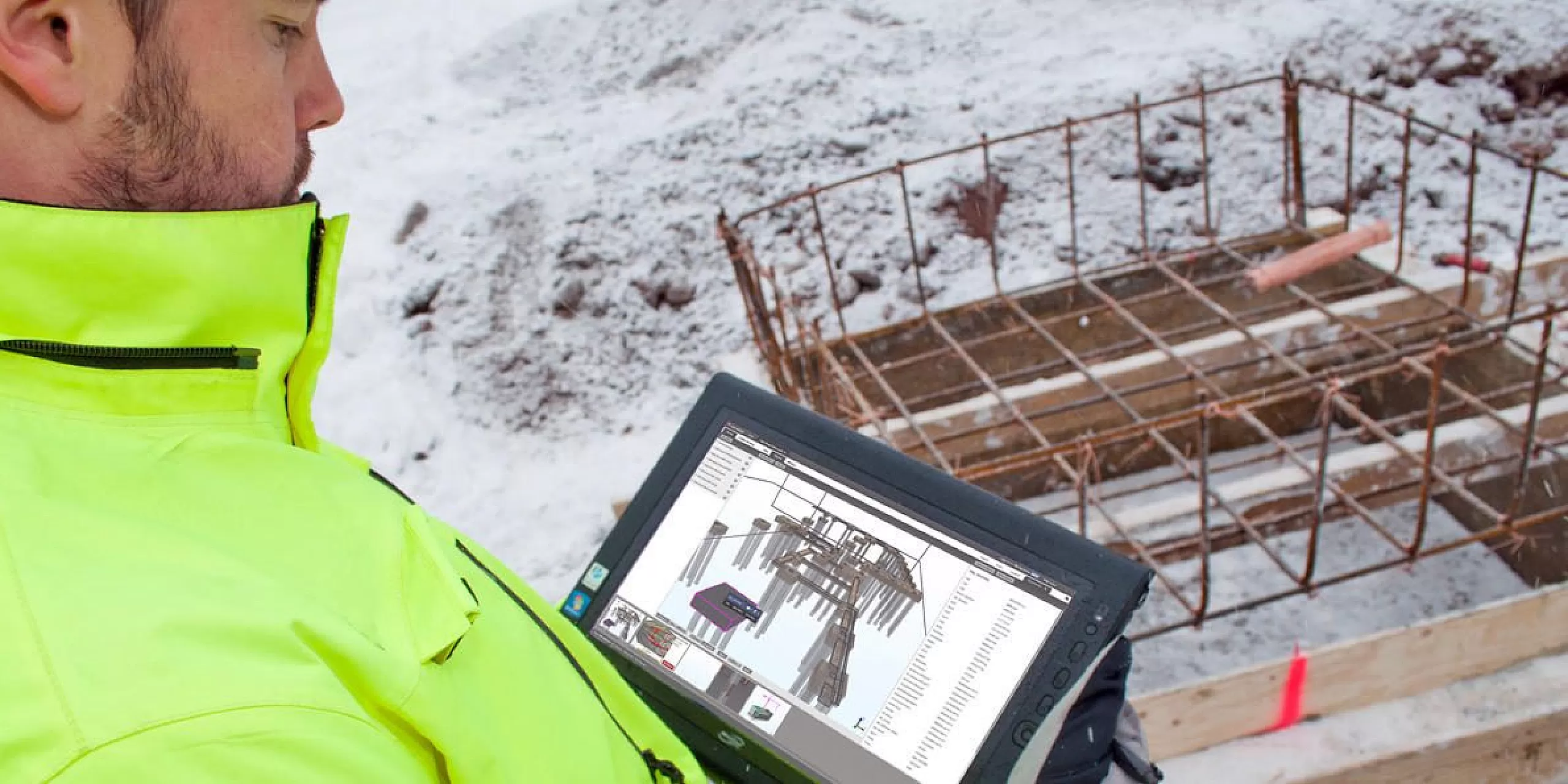
Our BIM deployment: a challenging implementation
2 min.
JCB HAS COME A LONG WAY
When JCB Construction Canada was founded in 1985, we were working with hand-made plans and faxing documents – which was considered a great technological innovation at the time. Fortunately, JCB has come a long way since then. Today, our superintendents manage their worksites through their iPads and the BIM approach is being extended to our larger construction projects. Of course, our technological shift, including the integration of BIM tools, has not been a linear process. Several challenges had to be overcome during this tumultuous digital adventure.
CONVINCING OUR CLIENTS AND PARTNERS
Unlike many companies, our first BIM projects were not requested by our clients. Rather, they were born out of our own desire to innovate and build better. As construction managers, we had the privilege of requiring the implementation of 3D coordination with our main subcontractors, which included the creation of 3D models and collective participation in interdisciplinary coordination meetings. The first challenge was to get our clients and subcontractors to adopt the BIM approach. Fortunately, the use of BIM quickly proved to be advantageous thanks to its capacity to limit problems on site, to better control work progress, to simplify the prefabrication of equipment, etc. These undeniable advantages have certainly facilitated and accelerated the unanimous adoption of the BIM approach by the parties involved.
CHOOSING THE RIGHT PARTNERS
Unfortunately, as this is a relatively new technology, the construction industry is sorely lacking in experts in the field and the level of mastery of the software varies enormously from one company to another. It is therefore sometimes difficult to find partners who can meet the requirements of such a collaborative platform. As a result, JCB has often encountered lack of interoperability, geolocation errors, poor modelling, low levels of detail, etc. To overcome these difficulties, JCB had to develop an evaluation system that would allow it to accurately gauge the BIM competence and capabilities of subcontractors bidding on its tenders. We quickly realized that it should never be assumed that all bidders have the same capability or degree of mastery of the requirements set out in the tender documents. A comprehensive assessment of BIM expertise must be conducted in parallel with the tender process.
KEEPING UP WITH THE PACE
As we all know, technology is changing at a rapid pace. Just as we had integrated the PlanGrid tool for accessing construction plans in real time, we embarked on the BIM adventure with BIM360 Field for on-site management and BIM360 GLUE for 3D coordination. Then Autodesk, which markets the BIM platform, decided to buy Plangrid, BIM360 Field became Build, and BIM360 GLUE evolved into Model Coordination. Phew! Not easy to find your way around, let alone keep track of licenses and manage their accesses. With such cutting-edge technology, it is essential to keep abreast of new developments and to carry out all the updates required by the different software. To do this, an effective method of tracking licenses and monitoring changes to the platform must be set up so that we are working with the most up-to-date tools possible.
MAKING TIME TO SUCCEED
To ensure a successful integration, we formed an internal team of specialists responsible for the BIM coordination of our projects. Unfortunately, the workload of this coordination, in addition to the daily tasks of our members, required much more work than previously estimated, especially at the beginning of a project. The technical assistance required by our subcontractors to perform on this collaborative platform proved to be more important than expected. Although we initially underestimated the workload required for BIM coordination, we managed to complete our first BIM projects without any additional delays. We have of course adapted our working methods since then and now allow more time at the beginning of the project, which is a crucial stage for the implementation of a successful BIM construction solution.
THE START OF A NEW ERA
Of course, this is only the beginning, as BIM technology is constantly evolving. We will certainly have many more challenges to face in the coming years, but we are ready more than ever to launch ourselves into the future of the construction industry.

